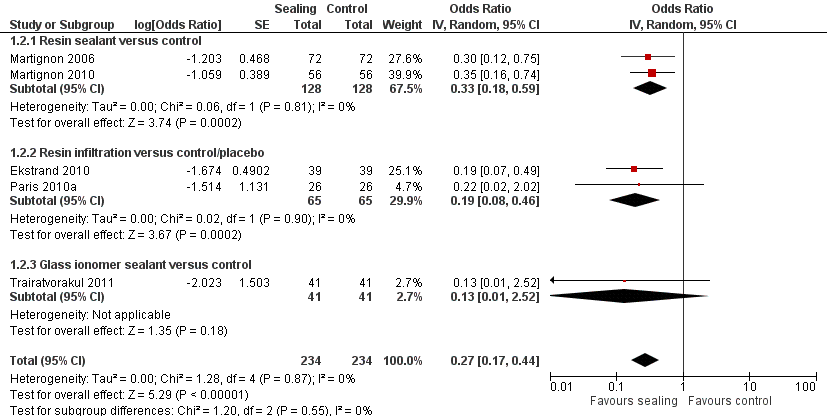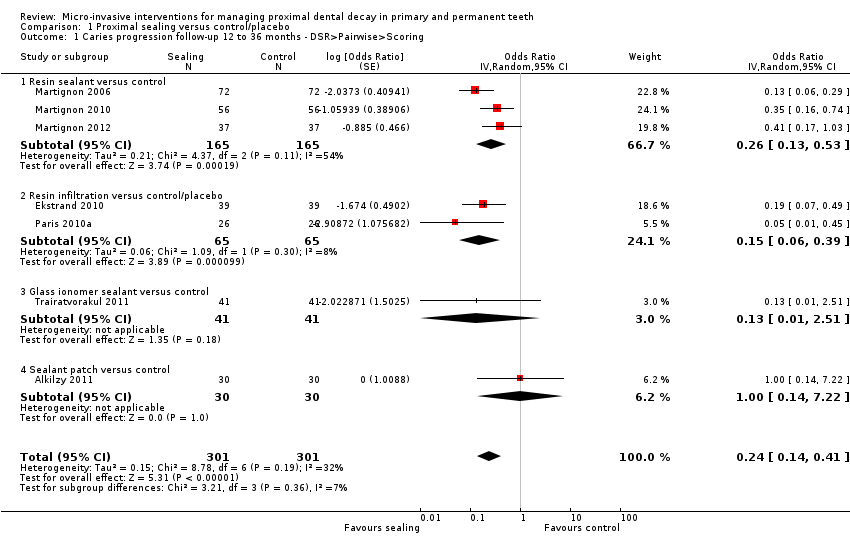Contenido relacionado
Revisiones y protocolos relacionados
Anneli Ahovuo‐Saloranta, Helena Forss, Tanya Walsh, Anne Nordblad, Marjukka Mäkelä, Helen V Worthington | 31 julio 2017
Falk Schwendicke, Tanya Walsh, Thomas Lamont, Waraf Al-yaseen, Lars Bjørndal, Janet E Clarkson, Margherita Fontana, Jesus Gomez Rossi, Gerd Göstemeyer, Colin Levey, Anne Müller, David Ricketts, Mark Robertson, Ruth M Santamaria, Nicola PT Innes | 19 julio 2021
Priyadarshini Ramamurthy, Avita Rath, Preena Sidhu, Bennete Fernandes, Sowmya Nettem, Patrick A Fee, Carlos Zaror, Tanya Walsh | 11 febrero 2022
Wafa Kashbour, Puneet Gupta, Helen V Worthington, Dwayne Boyers | 4 noviembre 2020
Veerasamy Yengopal, Soraya Yasin Harnekar, Naren Patel, Nandi Siegfried | 17 octubre 2016
Helen V Worthington, Sara Khangura, Kelsey Seal, Monika Mierzwinski-Urban, Analia Veitz-Keenan, Philipp Sahrmann, Patrick Roger Schmidlin, Dell Davis, Zipporah Iheozor-Ejiofor, María Graciela Rasines Alcaraz | 13 agosto 2021
Nicola PT Innes, David Ricketts, Lee Yee Chong, Alexander J Keightley, Thomas Lamont, Ruth M Santamaria | 31 diciembre 2015
Mojtaba Dorri, Maria José Martinez‐Zapata, Tanya Walsh, Valeria CC Marinho, Aubrey Sheiham (deceased)a, Carlos Zaror | 28 diciembre 2017
Violaine Smaïl‐Faugeron, Anne‐Marie Glenny, Frédéric Courson, Pierre Durieux, Michele Muller‐Bolla, Helene Fron Chabouis | 31 mayo 2018
Patrick A Feea, Philip Rileya, Helen V Worthington, Janet E Clarkson, Dwayne Boyers, Paul V Beirne | 14 octubre 2020
Respuestas clínicas Cochrane
Jane Burch, Tina Poklepovic Pericic | 16 noviembre 2016












